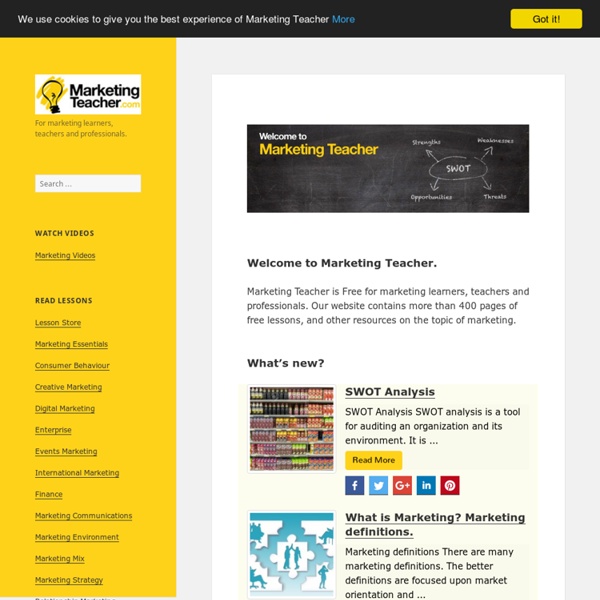Marketing Teacher Homepage

TechCrunch France
Nous, TechCrunch, faisons partie de la famille de marques Famille de marques Yahoo Sites et applications que nous possédons et exploitons, y compris Yahoo et AOL, ainsi que Yahoo Advertising, notre service de publicité numérique.Yahoo. Lorsque vous utilisez nos sites et applications, nous utilisons des Cookies Les cookies (y compris les technologies similaires telles que le stockage Web) permettent aux opérateurs de sites Web et d’applications de stocker et de lire des informations de votre appareil. Consultez notre politique relative aux cookies pour en savoir plus.cookies pour : vous fournir nos sites et applications ; authentifier les utilisateurs, appliquer des mesures de sécurité, empêcher les spams et les abus ; et mesurer votre utilisation de nos sites et applications. Si vous ne souhaitez pas que nos partenaires et nous–mêmes utilisions des cookies et vos données personnelles pour ces motifs supplémentaires, cliquez sur Refuser tout.
TechCrunch
Heavy Mental
Stratégies - Marketing, Communication, Médias, Marques, Conseils, Publicité
Né Kid // Communication intégrée
Le blog groupe Reflect
FrenchWeb.com a french source for internet news, business, marketing, tech and design
DarkPlanneur
Related:
Related:



